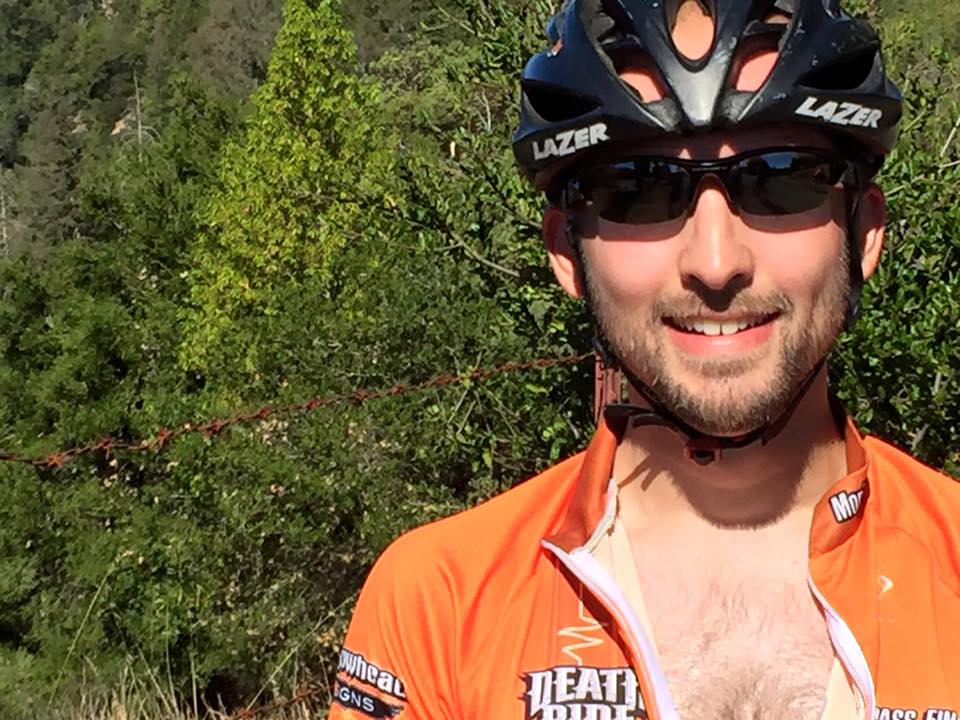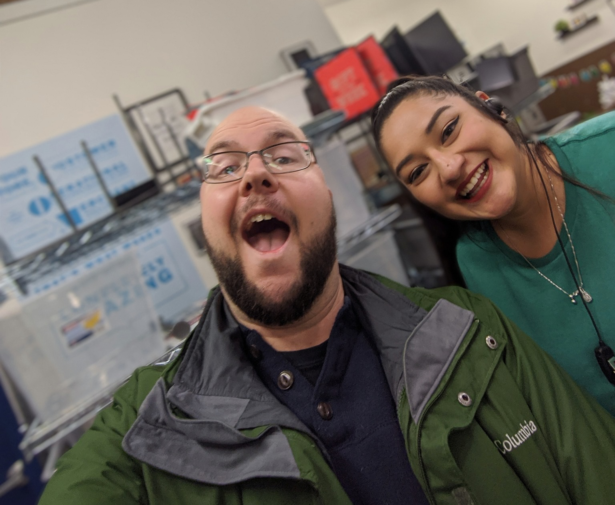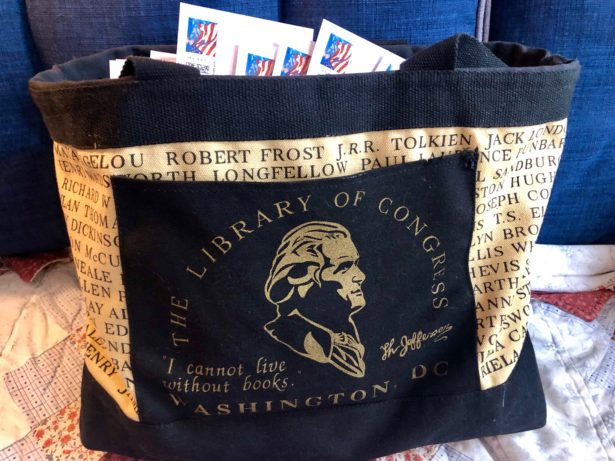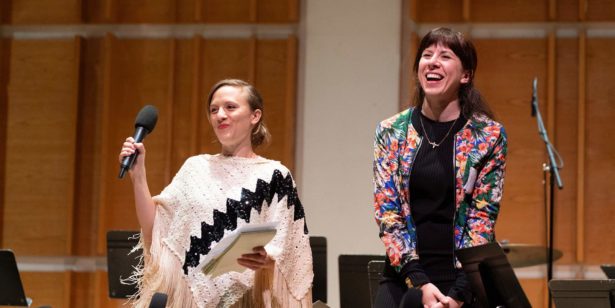
Riding 500 Miles To Fight HIV/AIDS
What started as one cyclist’s whim becomes a gruelling — though fulfilling — annual accomplishment
Spending five days on the California coast might sound like a pleasant week’s summer vacation to most people. But for the more than 3,000 participants in the AIDS/Lifecycle — an annual fundraising bicycling event that runs more than 500 miles from San Francisco to Los Angeles — it can be an exhausting prospect, though perhaps even more fulfilling, in the end.
For software engineer Alexi Kostibas, who lives in San Francisco, riding in the AIDS/Lifecycle started as a distant and somewhat whimsical goal. When a colleague first mentioned it to him, “It sounded like a great challenge,” Kostibas remembers. “I get to ride my bike from San Francisco to Los Angeles, who does that? That’s crazy! The most I’d ridden my bike was 20 miles to work. A freeway overpass seemed like a big climb.”
But the idea stuck with him, and soon he’d signed up and had started doing training rides in the South Bay. “To me, bike riding was always a kids’ thing,” Kostibas says. “I never really considered it. Riding to LA still seemed like an impossible task. But the AIDS/Lifecycle starts you with a ten-mile training ride in October, and every other week they bump it up by five miles or so. You kind of don’t realize it, but after a couple of months you’re riding 50 to 60 miles. The last one is a century, 100 miles, and by that point you realize you can do it.”
That was 2010, and this year’s event, which runs June 4-10, will be Kostibas’s sixth year riding. (To sponsor Kostibas and donate to the cause, hit this link.) At 80 to 100 miles a day, the ride is exhausting. But it’s gratifying as well. “There’s this magic to orientation day,” Kostibas says. “It feels like you’re doing something special. Like if I was selected to go to space and I was at my training program orientation, like we are the selected few that are going on this mission.”
“There’s a lot of emotion wrapped up in this for a lot of people, and it’s a combination of grief and sorrow and joy and hope.”
That said, “it sounds kind of miserable when you describe it,” Kostibas notes. “You wake up at 4:30 or 5:00 every morning in a field. You’re in a crappy tent and it’s cold and you have to put on your spandex. Your body’s just confused and scared and it’s still dark and you finally get on your bike and the first hour is basically just more cold and shivering and making jokes.”
“But then by midday the sun comes out — usually. The day warms up, the rest stops are fun, a lot of them are themed, everybody’s having a good time. And you kind of forget you were ever cold.” By the time the day is done, “you’re covered in road grime and sweat,” Kostibas says. “They bring in these giant semi trucks, and the whole back is a bunch of showers. There’s zero luxury, but it’s the most amazing shower you’ve ever had. You have to eat insane amounts of food. You just get into a food coma, crawl into your tent and pass out in this tent city.” And then you get up and do it all over again.
“You go through any number of towns from SF to LA,” Kostibas says. “People come out on the streets and they’ve got signs. Some just say ‘Thank you,’ or ‘Go, riders!’ But a couple of people always have pictures of the people they’ve lost, and that’s one of the very touching things. It helps connect that it’s not just about my physical challenge but that there’s a lot of emotion wrapped up in this for a lot of people, and it’s a combination of grief and sorrow and joy and hope. It sounds overly poetic, but the ride itself sort of feels like a river of positivity that flows through all these different cities. And I am really happy to be a part of that. It’s a pretty big honor.”
Posted June 8, 2017





